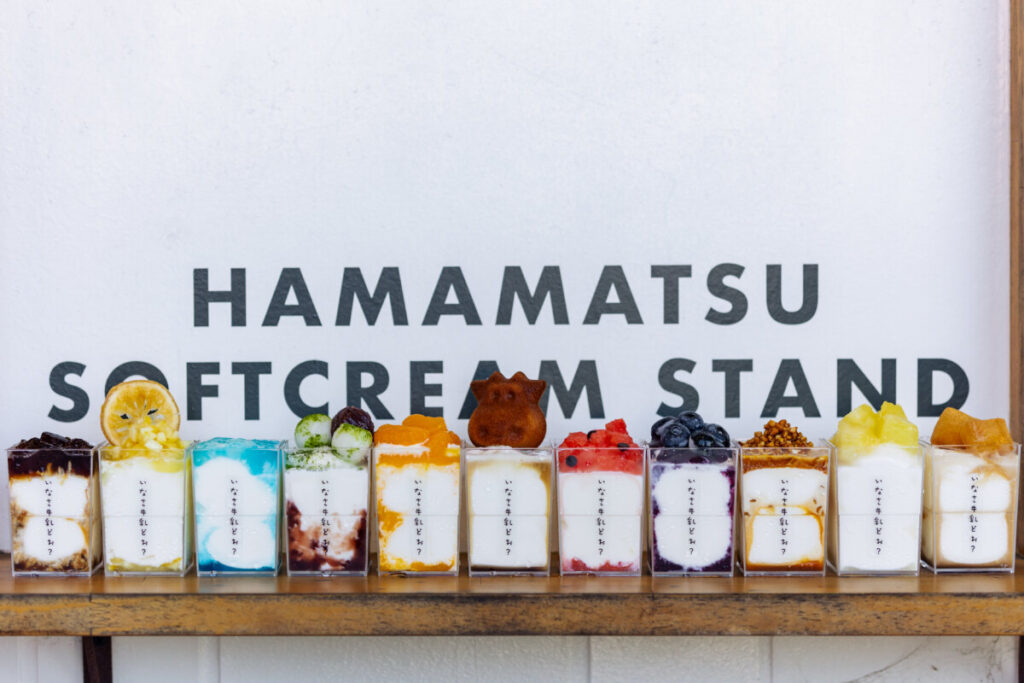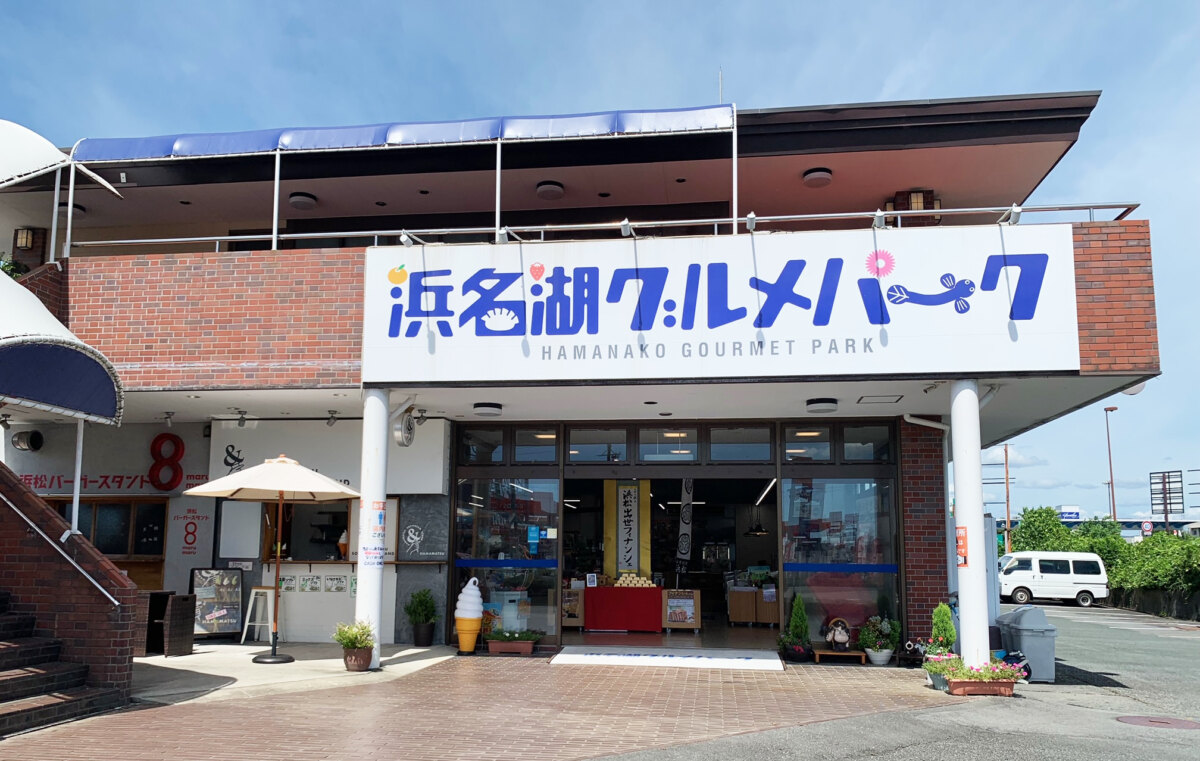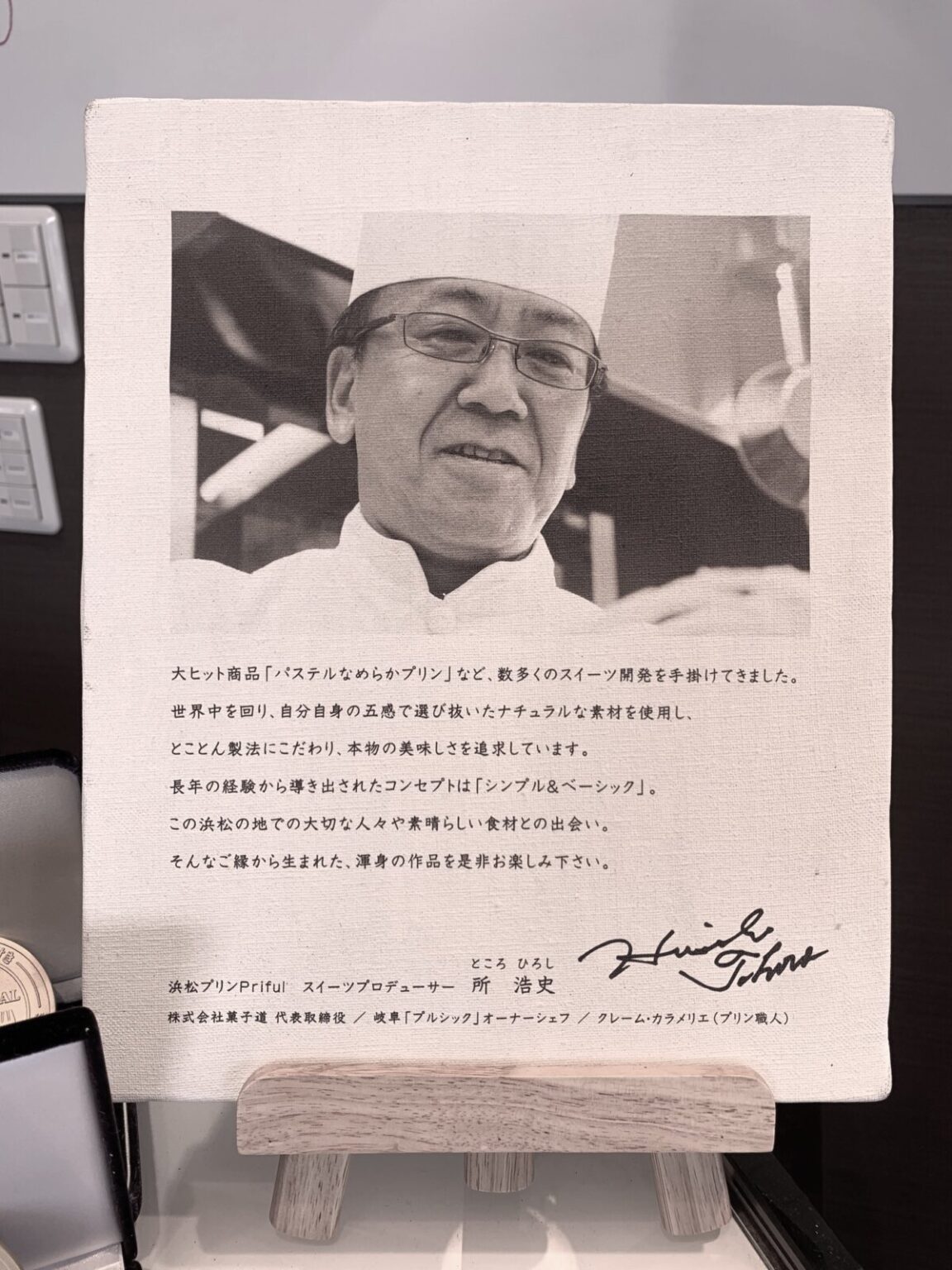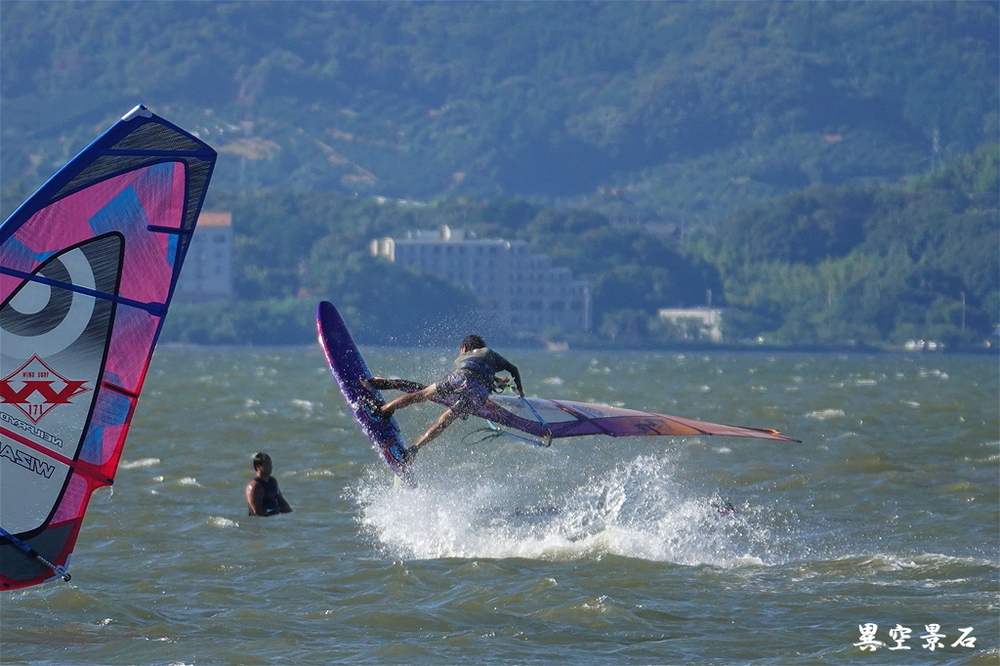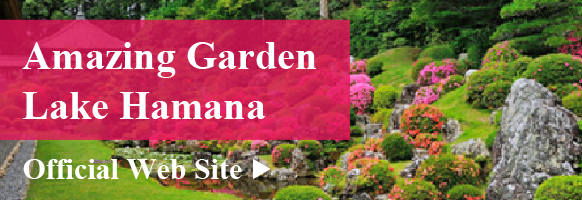Get to Know Hamamatsu

- Watch
Tokaido Symposium Araijuku Conference!
Arai-cho, Kosai City, where I live, is known as a town where you can feel the breath of history.
In particular, Arai-juku, a post town on the Tokaido Road’s 53 Stations, and Arai Barrier, the only surviving barricade building in Japan designated as an Important Cultural Property, are symbols of Arai-machi’s historical charm.
This time, we will introduce the event “The 36th Tokaido Symposium Arai-juku Conference,” in which Arai-cho, Kosai City, took center stage, and the accompanying “History of Arai-cho.”
This event was a valuable opportunity to widely disseminate the historical value of Arai Town and rediscover the charm of the area.
Why not experience the historical side of the town while getting in touch with history?
What is the Tokaido Symposium?

The Tokaido Symposium is an event aimed at preserving and passing on the culture and history of Japan’s historic Tokaido highway, and revitalizing the region.
To date, the event has been held a total of 35 times (excluding 2020), starting with the first one in 1988 at Tsuchiyamajuku.
The Tokaido Symposium will feature lectures on the importance and historical background of the Tokaido, as well as a discussion of promotion measures that utilize tourism resources in the areas along the route.
Participants, many of whom are scholars, tourism professionals, and local residents, will rediscover the charms of each region’s history, culture, and nature, and exchange opinions on how they should be preserved and developed for the future.
Tokaido Symposium held in Araijuku

The 36th Tokaido Symposium was held in Arai-juku in Kosai City.
During the symposium, the statue of the journey was handed over at the opening ceremony, and the tournament flag was handed over to the next post station, Totsuka-juku, at the closing ceremony.

The first part of the lecture event was given by Mr. Toru Kiriike (former director of the Arai Barrier Museum), vice-chairman of the Arai-juku Historical Site Guides’ Association, who gave a talk entitled “Travel and Barriers in the Edo Period.” In the second part, Ms. Hiromi Yoshimoto, chairman of the Association for Research on Arai-Nakane Gardens in Kosai City, gave a talk to the people of each post town, entitled “Introduction and Explanation of the Gardens Created by Nakane Kinsaku.”

The charm of the Fifty-three Stations of the Tokaido, tracing history and travel

The appeal of the Fifty-three Stations of the Tokaido is that as a road connecting Edo and Kyoto, it conveys Japanese history, culture, and the spirit of travel to the present day.
Point.01 Historical background
The Fifty-three Stations of the Tokaido was one of the five main roads (※1) developed during the Edo period and was the main transportation route connecting Edo and Kyoto.
Feudal lord processions, merchants, and ordinary people all passed through here, and it was a stage where cultures and industries from all over Japan exchanged.
This led to each region developing its own unique culture and specialties, which can still be felt today.
*The “Five Highways” are the five main land roads that ran from Edo, Nihonbashi during the Edo period: Tokaido, Nakasendo, Nikko Dochu, Oshu Dochu, and Koshu Dochu.
Point.02 The perspective of Ukiyo-e and art

Utagawa Hiroshige’s ukiyo-e series “Fifty-three Stations of the Tokaido” depicts the beautiful scenery of this highway and the lives of the people of the time.
These ukiyo-e prints are not only valuable documents, but also played a role in spreading the appeal of Japanese art both at home and abroad.
One way to enjoy the area is to use Hiroshige’s paintings as a guide and actually visit the locations to experience the scenery and atmosphere.
Point.03 The charm of post towns

There are 53 post towns along the Tokaido, each with its own historical buildings and cultural heritage.
Hakone, Mishima, Okazaki, Kusatsu and other places are particularly famous as tourist destinations, and you can experience the atmosphere that travelers of the time would have experienced.
Point.04 Rich nature and seasonal changes

The Tokaido route runs along the coast and through mountains, and is also attractive for its rich natural scenery, including Mt. Fuji, beautiful beaches, rivers and lakes.
Travelers are greeted by seasonal scenery, such as cherry blossoms in spring and autumn leaves in autumn
Point.05 Cultural and traditional exchange
Each post town has its own traditional crafts, festivals, and local cuisine, allowing you to experience different cultures during your trip.
In Arai-juku, “broiled eel” was a popular local dish, while in Shirasuka-juku, “kashiwamochi” and “sobakiri” were popular local dishes!
A journey along the Fifty-three Stations of the Tokaido is a great opportunity to understand the development of transportation, economy, and culture in the Edo period, and you can experience history, such as the intentions behind Tokugawa Ieyasu’s road construction and the travels of ordinary people.
In this way, the Fifty-three Stations of the Tokaido are loved by many people even today as a place that combines the charms of history, culture, and nature.
History of Arai-juku
Araimachi, where this Tokaido Symposium was held, flourished as an important post town on the Tokaido road, and traces of the inns and merchant houses of that time can still be seen today.
Arai Town is home to the only checkpoint on the Tokaido Road, Arai Barrier, and has a history of strictly controlling the passage of travelers.
During the Edo period, it was a key transportation hub connecting Edo and Kyoto, with many people and goods passing through.
In particular, the Arai Barrier was known for strengthening surveillance of “Irideppou Onna” and played a key role in the defense of the Tokaido.
This history remains to this day at the remains of the Arai Barrier and the memorial hall, which serve as a tourist resource for the region and attract many people.
Topic.01 What does “Irideppou Onna” mean?

This refers to the two areas that were particularly strictly controlled at checkpoints during the Edo period: “bringing in guns from outside” and “women leaving Edo.”
The Arai Checkpoint in Arai Town is known as the only checkpoint still standing on the Fifty-three Stations of the Tokaido, and because it was a key transportation point, inspections were particularly strict.
Arai Town took advantage of its location between Lake Hamana and the Pacific Ocean and flourished as a key transportation and logistics hub during the Edo period.
It also served as a place to rest and stay for samurai, merchants, and common people traveling along the Tokaido, and many teahouses and inns were lined up around Arai-juku.
Travelers at the time would come here to eat, rest, and enjoy the views overlooking the sea and lake.
Topic.02 The two relocations of the Arai Barrier

The checkpoint can be said to be a symbol of the history of the post town of Arai-juku. In fact, Arai Barrier has been relocated twice in its history.

First move
The first relocation was due to damage caused by the tsunami caused by the great earthquake in 1600. The tsunami caused devastating damage to the checkpoint and the post town itself, destroying many houses and roads and temporarily halting the functioning of the post town.
As a result, the influx of merchants and travelers decreased, and the post town’s economy temporarily slumped.
In order to quickly restore its function as a transportation hub, it was decided to relocate Arai Barrier to the current location of the Arai Barrier Memorial Hall.
With the restoration of Arai Checkpoint, the town’s prosperity gradually returned and commercial activity in the surrounding area resumed.
In addition, the new location is less susceptible to tsunami damage as a result of the disaster, making it possible to prepare for another large-scale disaster.
Second move
The second relocation was triggered by changes in the topography of Lake Hamana in the mid-Edo period.
As Lake Hamana became connected to the sea and the tides became more severe, the area around the original checkpoint became more susceptible to flooding, and it became necessary to move it to a safer area.
As a result of this relocation, the Arai Barrier was established in a location less prone to flooding, making it easier to stabilize the operation of the post town.
At the same time, traffic flow was also adjusted, and the new location made the post town more convenient, attracting new travelers and merchants.
Through these relocations, Arai Checkpoint continued to play a key role on the Tokaido throughout the Edo period.
This historical background remains an important part of Arai Town’s local culture and tourism resources today.
Historical spots in Arai Town
Arai Sekisho, the only surviving checkpoint in Arai Town in Japan, as well as the Hatago Kinokuniya Museum and the Komatsuro Town Development Communication Center are important spots for tracing the history of Arai Town.
Why not take a stroll around Arai-machi and imagine you’ve traveled back in time to the Edo period?
Spot.01 Arai Checkpoint
At the permanent exhibition inside Arai Barrier, you can see special exhibitions on the history of Arai-juku and related history.

About Arai Sekisho
Address: 1227-5 Arai, Arai-cho, Kosai City, Shizuoka Prefecture
Phone number: 053-594-3615
Business hours: 09:00-16:30
Closed: Mondays
Official website: HP https://www.city.kosai.shizuoka.jp/kanko_bunka_sports/kankospot/9675.html
Spot.02 Hatago Kinokuniya Museum
Kinokuniya, which operated as a teahouse in the early Edo period and was rebuilt at the beginning of the Meiji period, is a facility where you can experience the atmosphere of that time.

About the Hatago Kinokuniya Museum
Address: 1280-1 Arai, Arai-cho, Kosai-shi, Shizuoka Prefecture
Phone number: 053-594-3821
Business hours: 09:00-16:30
Closed: Mondays
Official website: HP https://www.city.kosai.shizuoka.jp/kanko_bunka_sports/kankospot/8962.html
Spot.03 Komatsuro Community Center
Komatsuro Community Development Center is a building that operated as a geisha house and small restaurant from the Taisho era through to the 1940s. Currently, the first floor is a citizens’ gallery and the second floor is a tatami room.


About Komatsuro Community Center
Address: 1190-3 Arai, Arai-cho, Kosai-shi, Shizuoka Prefecture
Phone number: 053-594-0540
Business hours: 09:00-18:00
Closed: Mondays
Official website: HP https://a-machinet.org/komaturou.htm
